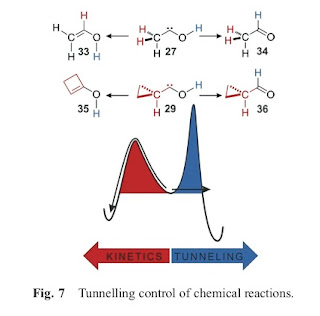How to finish your Ph.D thesis

Just write it! Stop procrastinating. Take responsibility. Don't wait for permission, guidance, or feedback from your supervisor, advisor, committee, or anyone else. The more you have written and "complete" the greater the pressure on the supervisor, department, and university, to o.k. submission of the thesis. With supervisors who are tardy/slack/lazy/negligent/disorganised about feedback make sure meetings, submissions of drafts, and requests for feedback are documented in emails.





